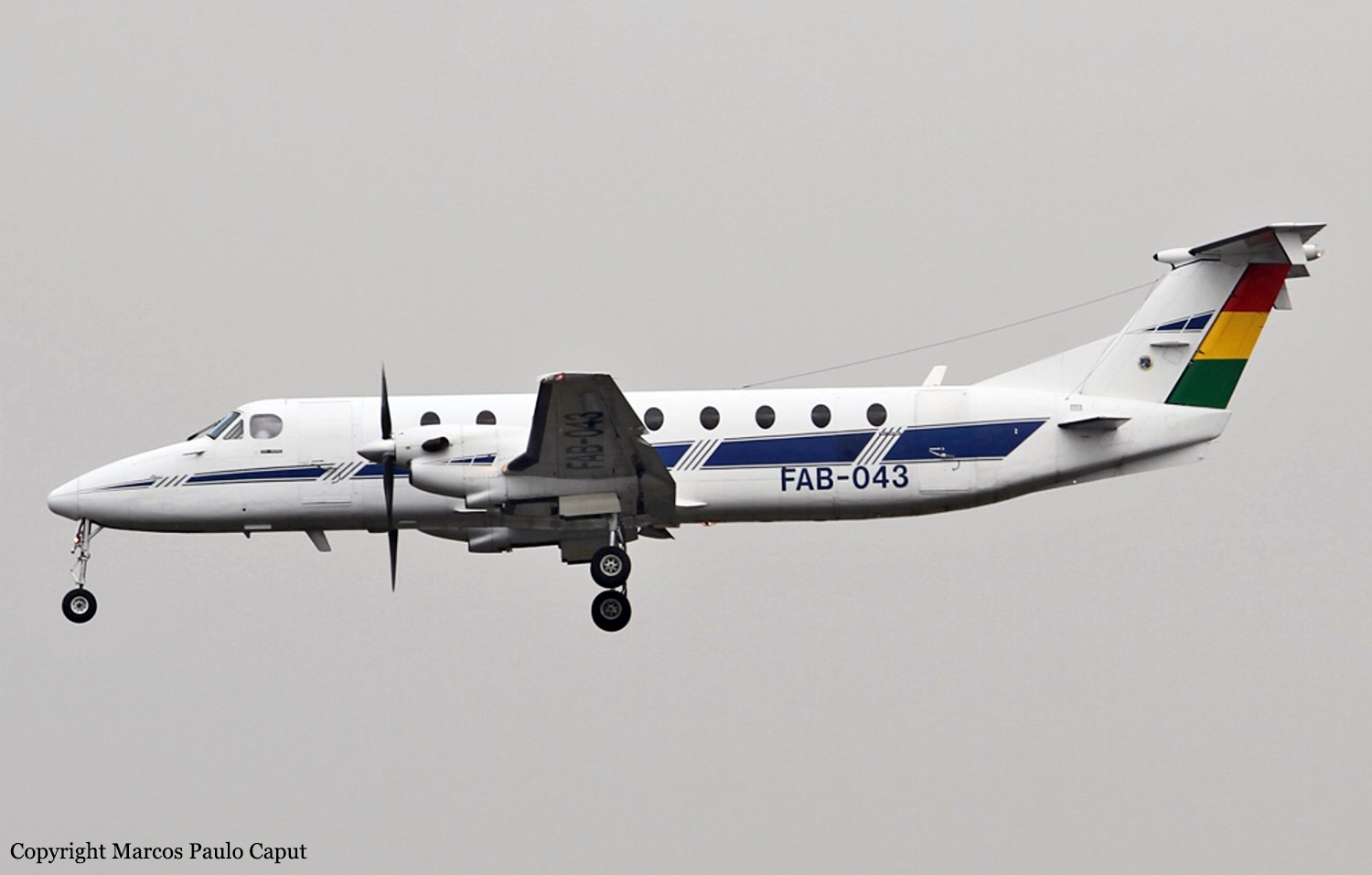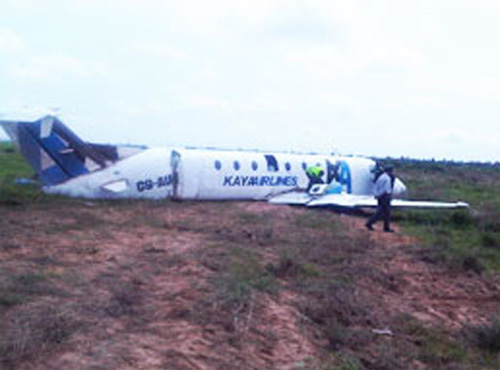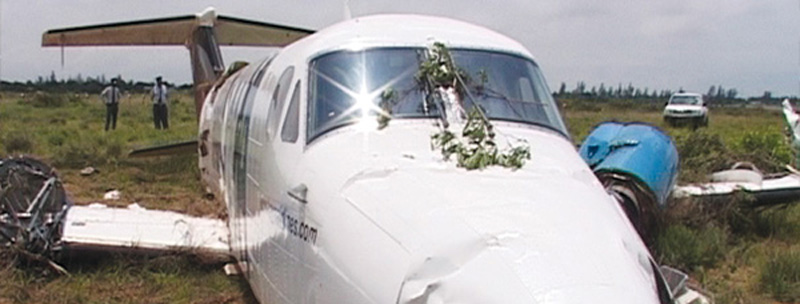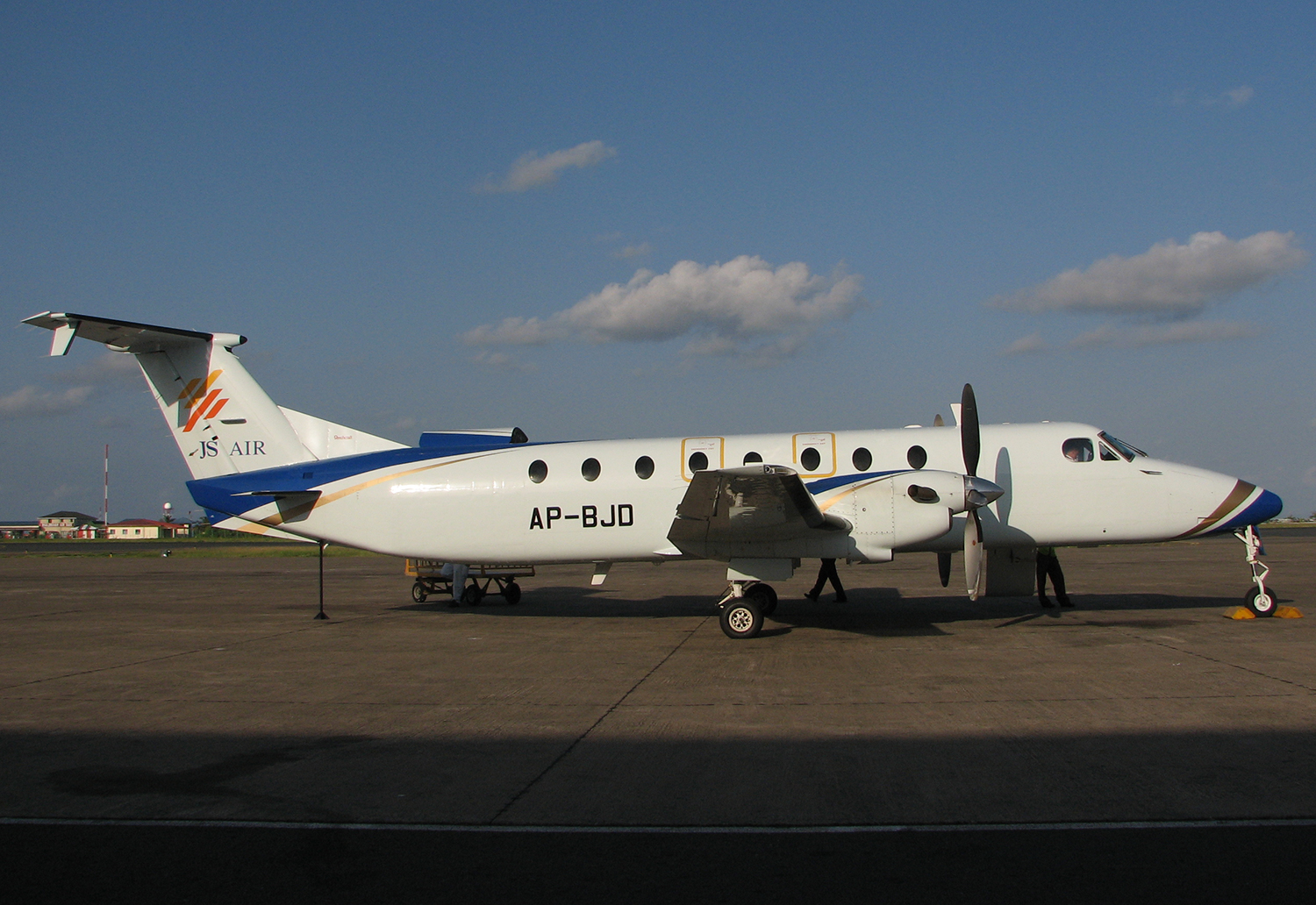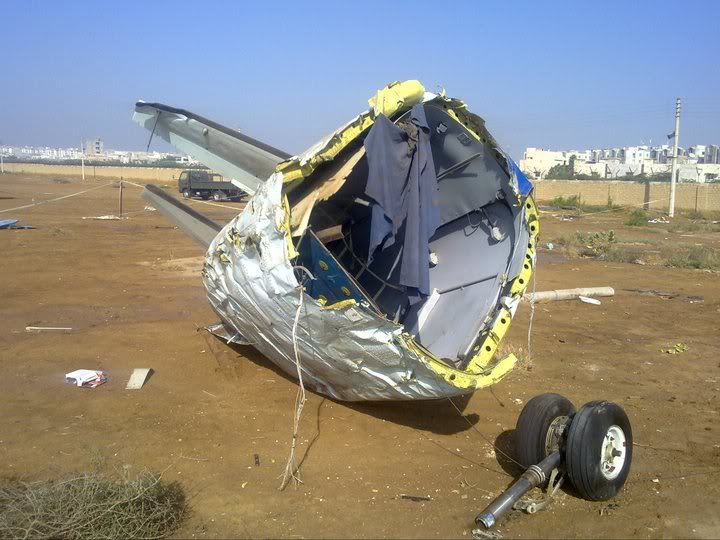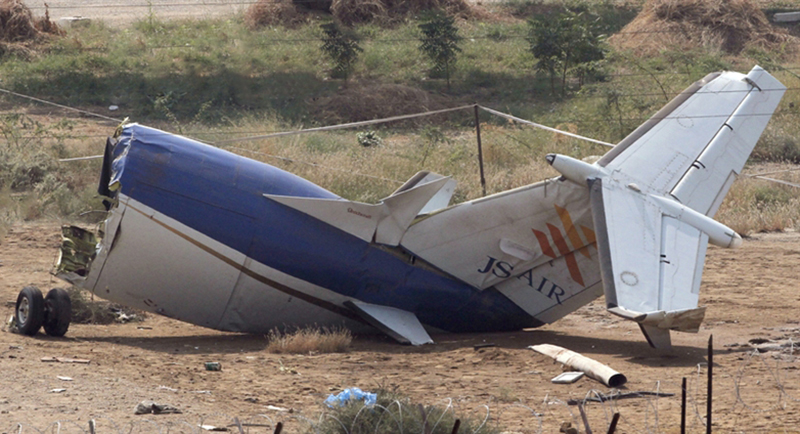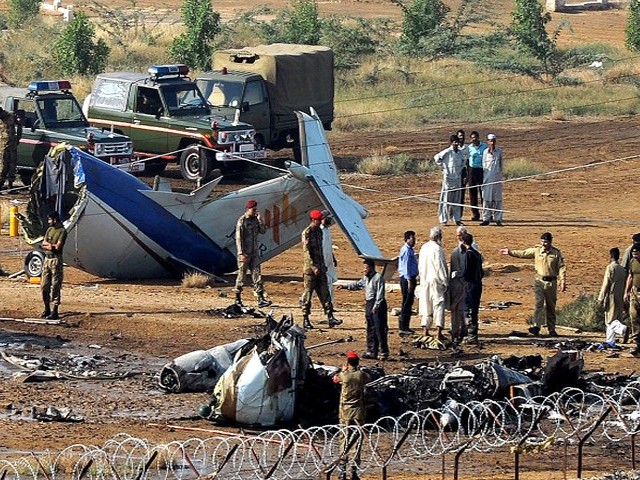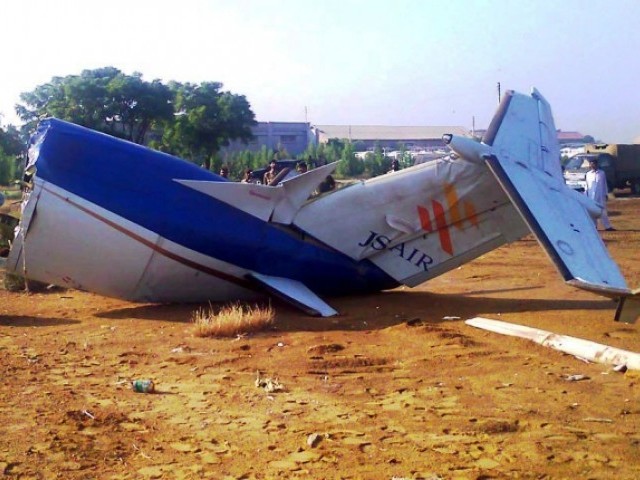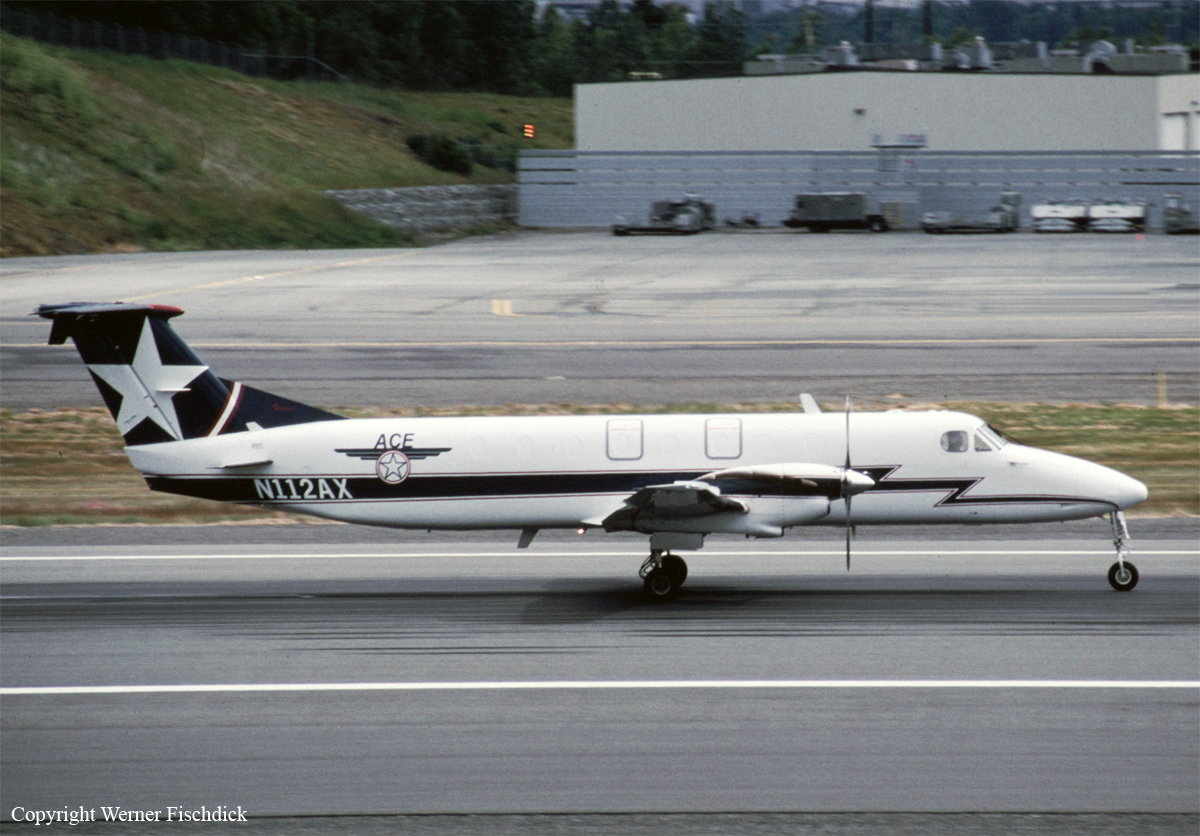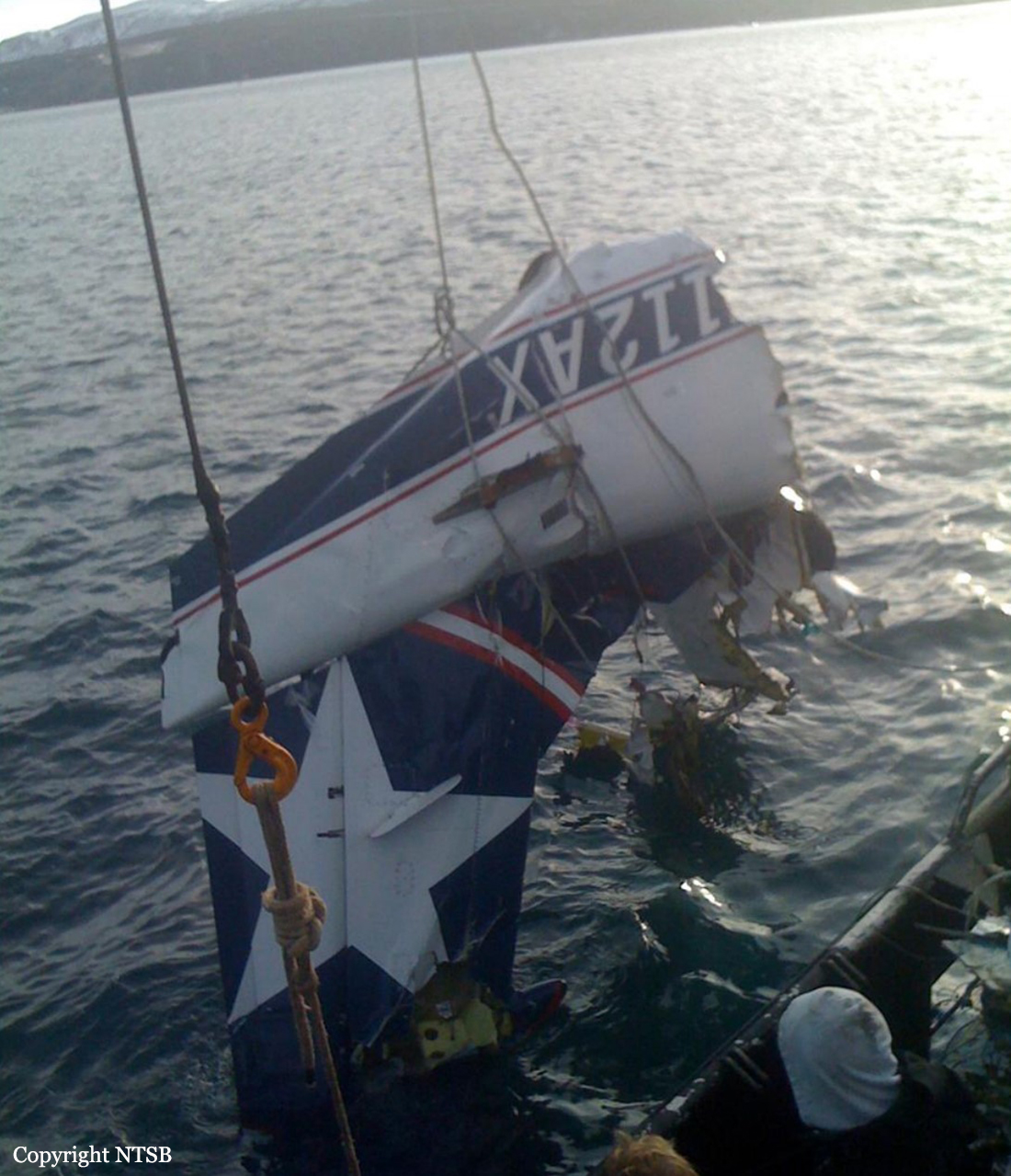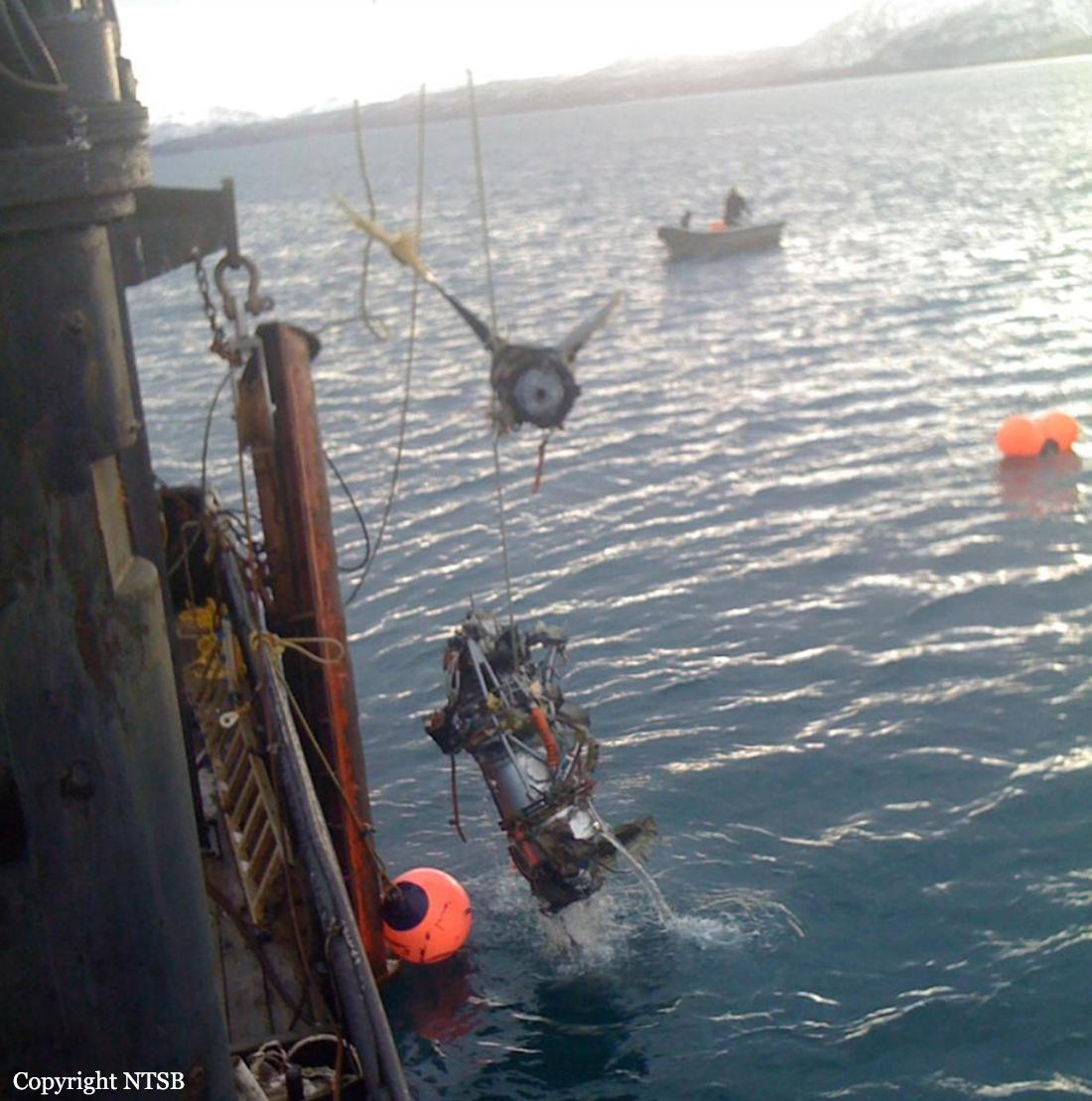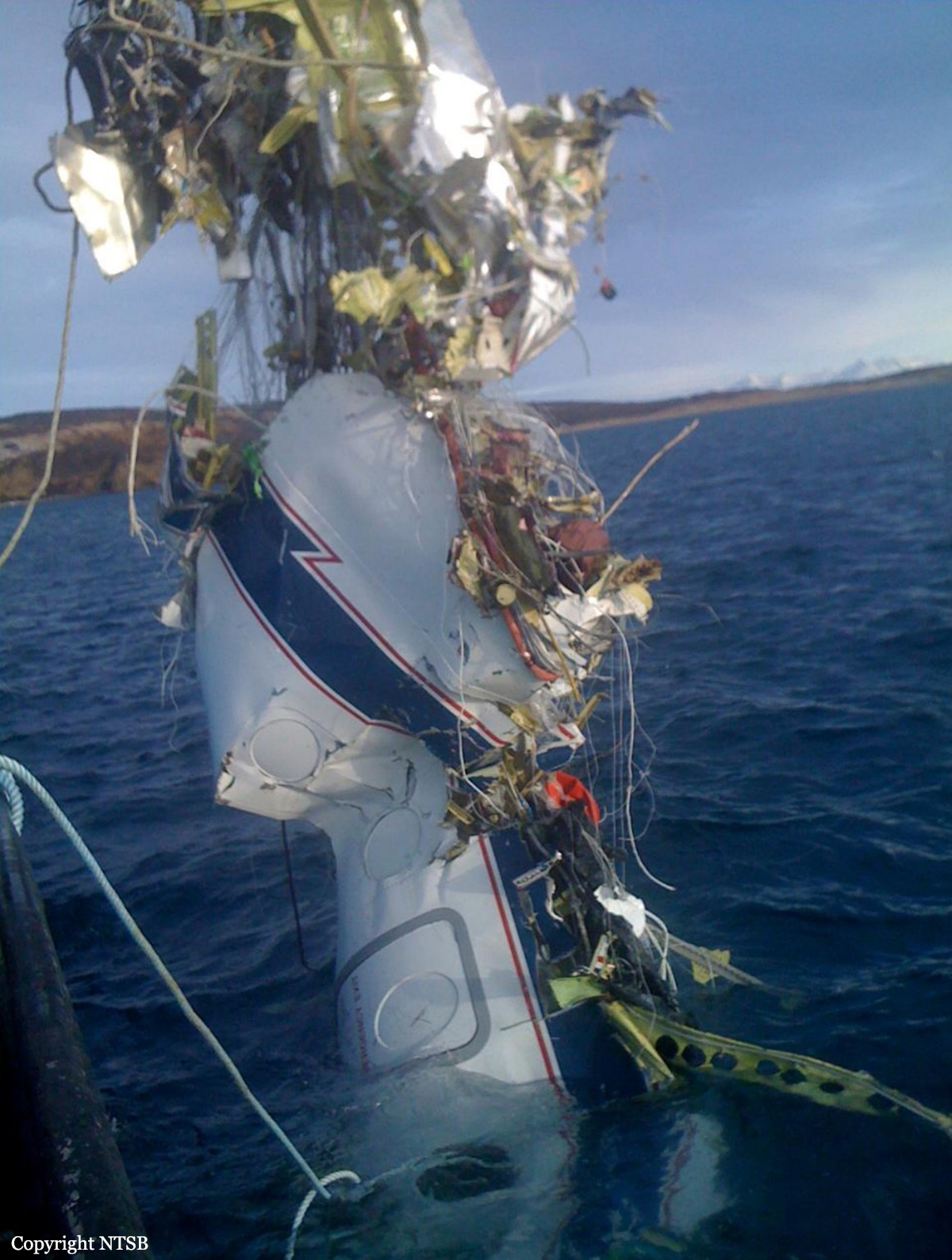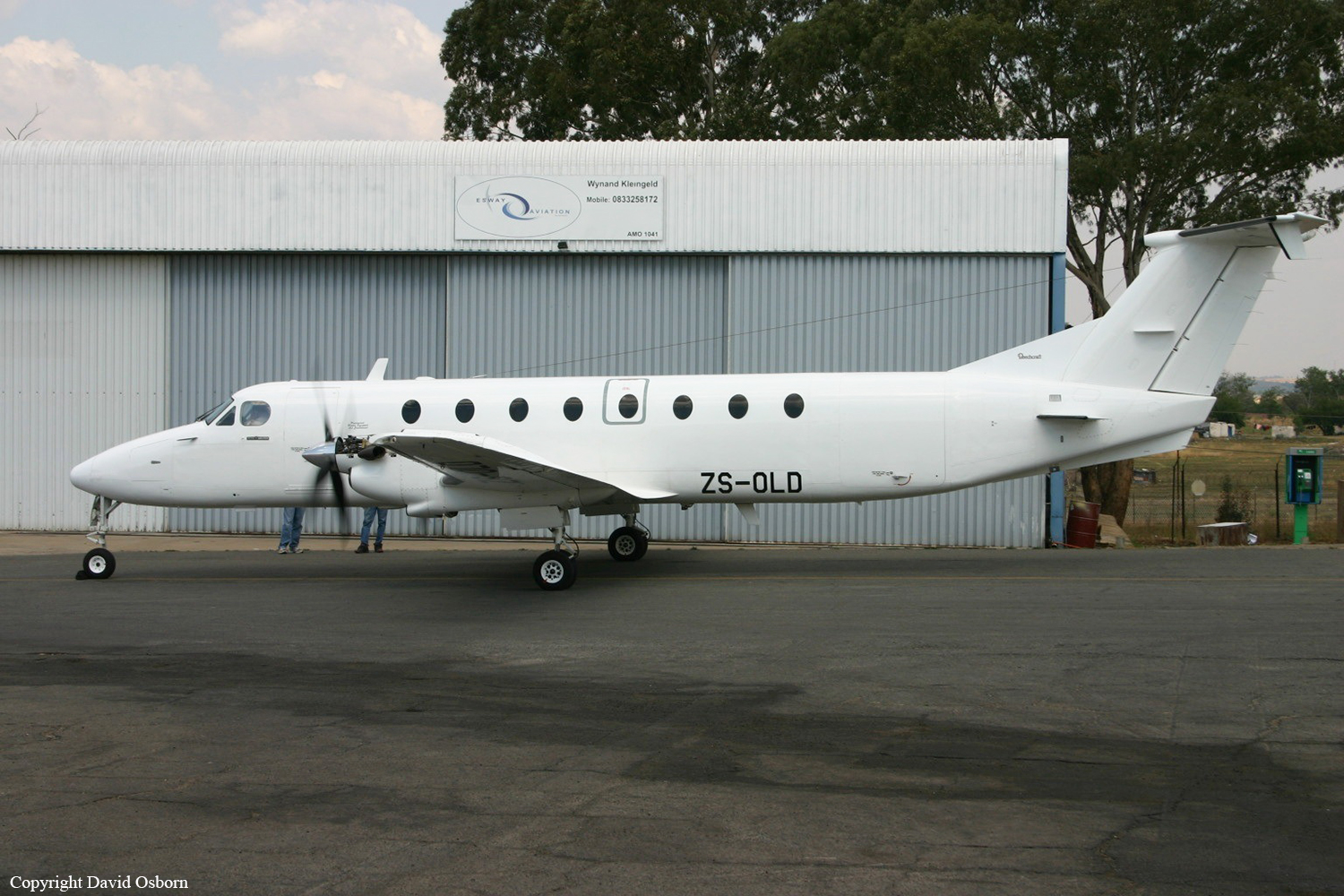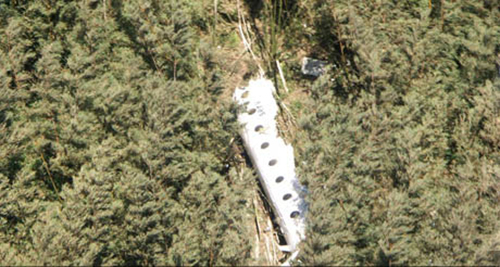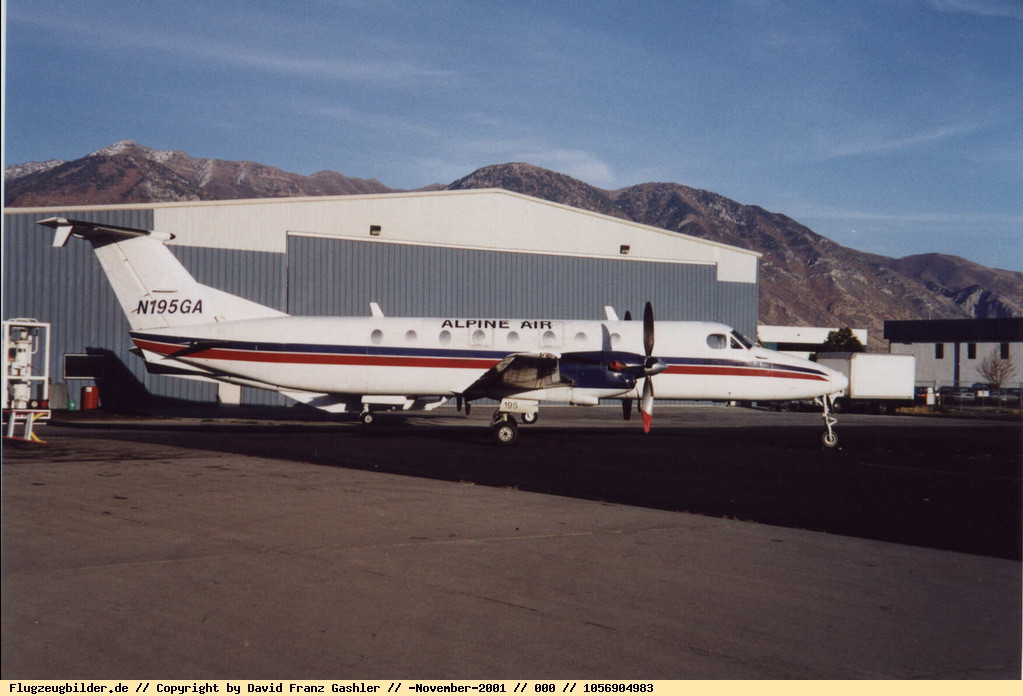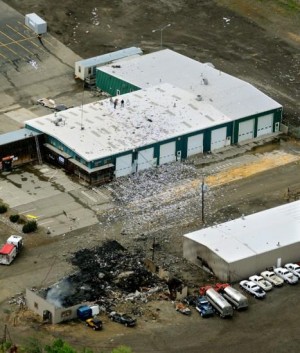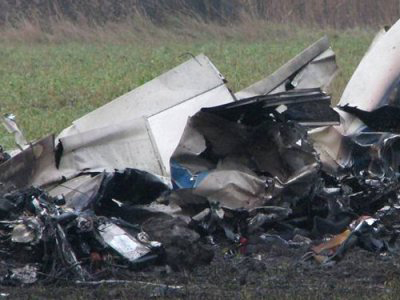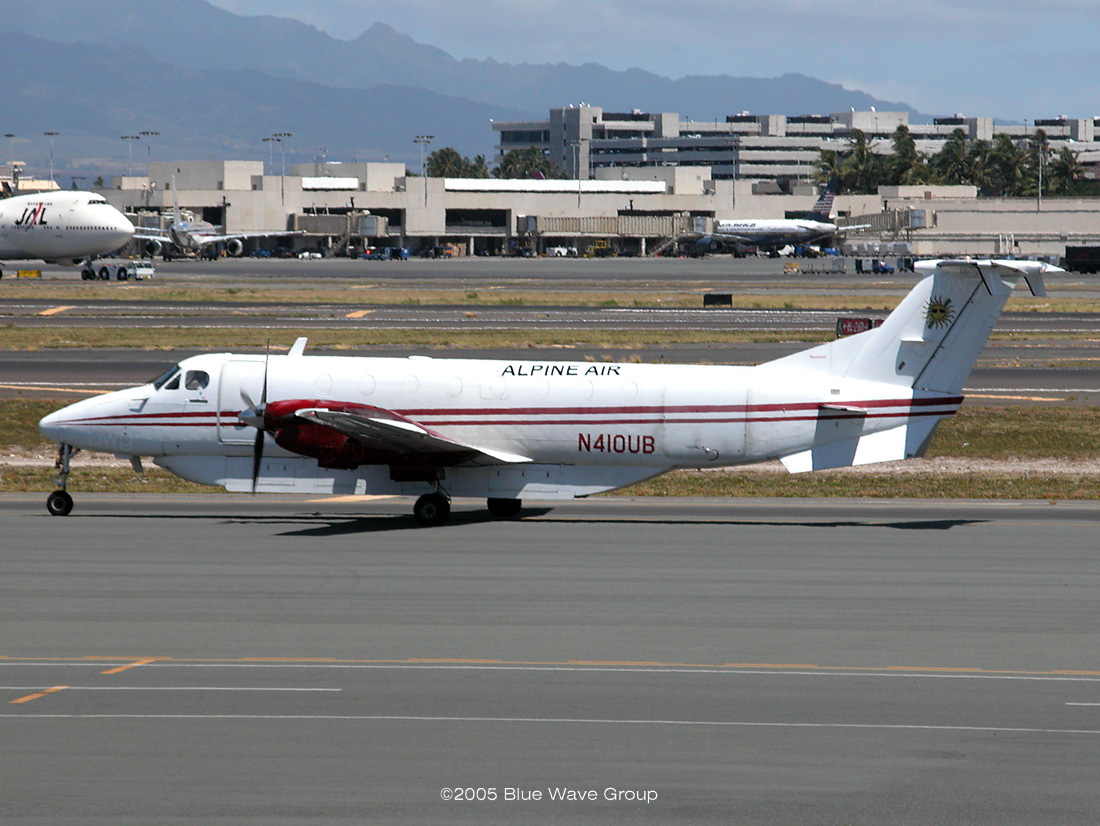Crash of a Beechcraft 1900C in La Paz
Date & Time:
Nov 30, 2011 at 1527 LT
Registration:
FAB-043
Survivors:
Yes
Schedule:
Uyuni - La Paz
MSN:
UA-3
YOM:
1983
Crew on board:
3
Crew fatalities:
Pax on board:
4
Pax fatalities:
Other fatalities:
Total fatalities:
0
Circumstances:
The twin engine aircraft departed Uyuni-La Joya Andina Airport on a flight to La Paz, carrying four passengers and three crew members. On approach to El Alto Airport, the crew encountered an unexpected situation. The captain decided to attempt an emergency landing in an open field. Upon touchdown, the undercarriage were torn off and the aircraft slid for few dozen metres before coming to rest 6 km from the airport. All seven occupants escaped uninjured while the aircraft was damaged beyond repair.
